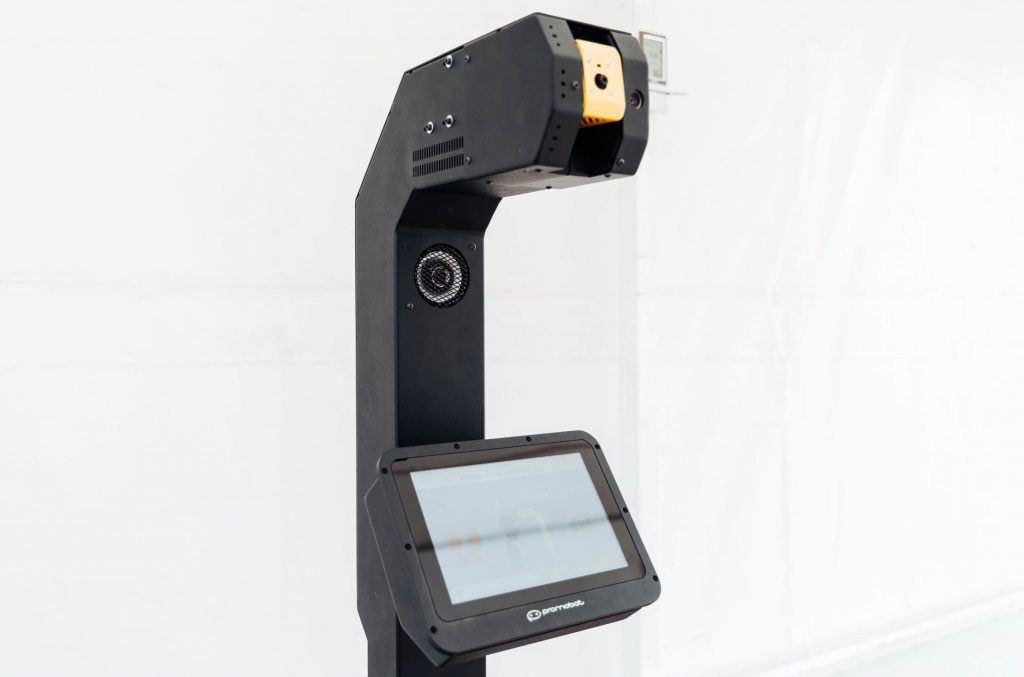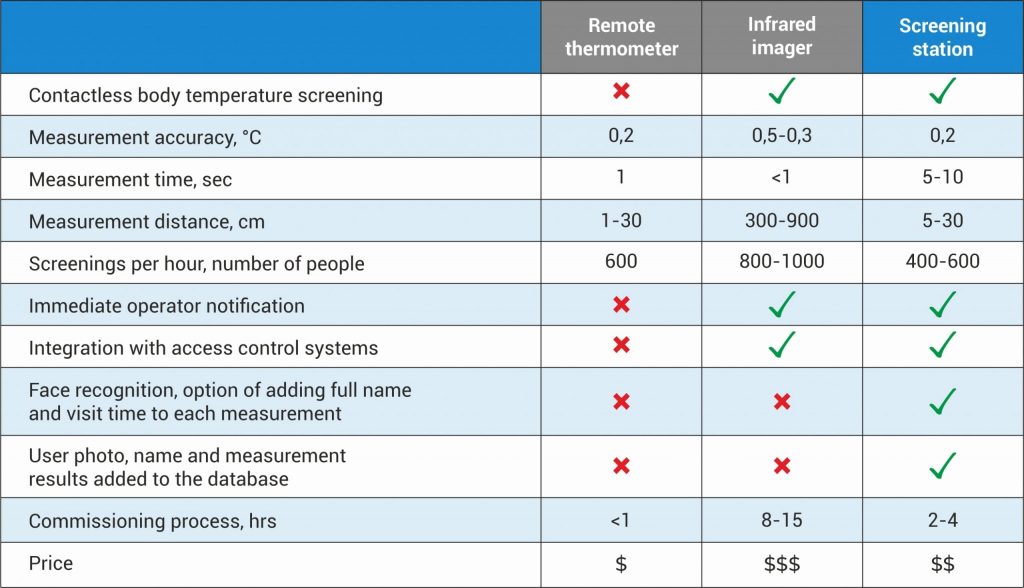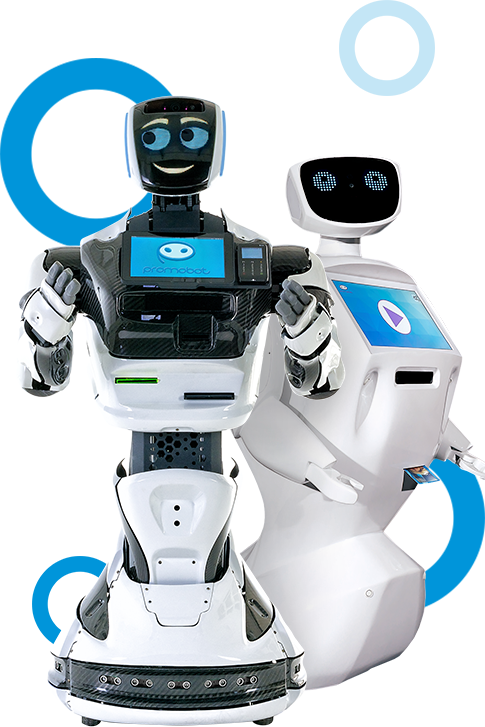In this article, we compare the most popular solutions in contactless temperature measuring.
A rising call for temperature measurements at offices and industrial facilities has been made due to new laws and regulations enforced during the coronavirus pandemic. CDC, WHO, and a significant number of state policies across the United States and the world only affirm the importance of temperature screening. When looking for the best solutions, there are numerous questions that have to be considered by the safety experts:
- What is the most accurate form of temperature measurement?
- How can companies adapt to these new expenses?
- Which devices will find their use after the pandemic is over?
In this article, we compare the most popular solutions in contactless temperature measuring.
There are three main types of devices that provide temperature measurements at currently working organizations:
- A remote thermometer or, more generally, pyrometer
- Thermal camera ― Infrared spot imager
- Autonomous screening station ― Thermocontrol
1. Remote thermometer
This is the most accessible solution out of all of them. However, there are significant disadvantages to that availability.
The price of a remote thermometer, or pyrometer, starts from $200 upwards to $1000. There are two types of pyrometers available ― industrial and medical. The former are high-resolution, wide temperature range, very accurately calibrated devices with numerous additional features usually included. High-end models can measure the humidity of a surface. With all of their advanced features and thousands of degrees in measurement limits, the majority of those characteristics can be deemed useless when measuring the body temperature of people. The most important features in that area are measurement speed and accuracy.
When body temperature is measured with industrial remote thermometers, the measurement fault can range from 1°C to 2°C which is critical when it comes to body temperature: a person with 38°C temperature could be identified as the healthy one and vice versa, the person who has a standard temperature of 36,6°C can be marked up and displayed with the result of 38,6°C, which is way past healthy.
A thermometer that is used to measure body temperature is a medical thermometer. On average, their price ranges from $150 to $300. Their measurement accuracy can reach 0,2°C and they conduct measurement at the range of 1 to 30 cm. These thermometers have one disadvantage ― they measure temperature in just one spot of the body, which affects the result as a whole. A person’s forehead will be of lower temperature if that person came from outside and measured their temperature immediately. In that case, the standard 36,6°C can actually indicate a higher temperature.
It takes 1 second to perform the measurement, but there is one more factor that goes beyond technical limitations ― the human factor. An operator can measure temperature wrong ― aim a sensor at the wrong spot on the body or read temperature wrong (what if the screen is too small, the person conducted hundreds of measurements already or simply didn’t see it right?).
Finally, there is only one use for a pyrometer ― which is temperature measurement. After the pandemic is over, thousands of these ‘temperature guns’ won’t be needed and shortly discarded.
Pros: low price, easy to use
Cons: requires a person to measure, not too reliable due to measurements of a single spot of the body
2. Infrared imager
This is the fastest in terms of constant operation, albeit not the most reliable solution. Temperature screening cameras are very expensive, and they need some time with their commission stage.
For starters, you can’t just buy one imager. You have to purchase the whole set, including the camera, thermal imager itself, black body for calibration, and software.
Everything in this list has to be assembled into a single hardware-software system and then integrated into the safety system of a company. The commissioning takes a while, and while there are specialists who do it quickly, on average the whole affair might take from 1 to 2 days. At that time, there still has to be a measurement process in place: either that or risking employees’ lives, or stopping the production until everything is set.
There is one advantage to it ― the measurement process does not have to be controlled in any way. Visitors or employees enter the building, pass the checkpoint where the imager is installed, and if a person with a high temperature is detected, a notification is sent to personnel at the checkpoint. Depending on how the access system is set up, the further process is controlled by personnel, often in person.
The measurement range of imagers is 3 to 9 meters with accuracy ranging from 0,3°C to 0,5°C. The results, however, are just as unreliable as they are with remote thermometers.
This brings us to the biggest disadvantage of an imager: it is impossible to determine the real danger in constant foot traffic. The technology that is used in the process is what’s causing it: it tries to find deviations from a standard ratio that is set using a black body. And so, if there is a flow of people and everybody’s temperature is 36,6°C and one person has 37,5°C, there will be no problem detecting them. However, if there are several people with high temperatures within the 37°C range, the system will not detect them as ‘unusual’ temperatures and the access system might even grant entrance to them. Another example: if people enter the building from the cold street and then one person arrives in their car, that person will be the one with the ‘unusual’ temperature. And vice versa: a sick person with temperature can enter the building unrecognized if there are people coming there from a hot street after some time under the sun.
The price of an imager starts at $12 000 upwards to $77 000. If a company has several entrances in their facility such expenses might quickly become overwhelming.
Once installed, thermal cameras integrate with a security system implemented at the company. After the pandemic, they could be utilized to continue informing people about visitors with unusual temperature, or simply retired as unnecessary. It is highly likely that the new safety standards will include temperature measurement and it will become a part of our life, most likely even more so with the involvement of the government.
Pros: high accuracy, an autonomous process requiring little to no involvement of operators or visitors
Cons: high cost, unreliable solution
3. Autonomous screening station

This is the most balanced solution out of all mentioned: it is more accurate than imagers or thermometers, and it is cheaper than thermal cameras.
A screening station is also a set of solutions that includes a contactless thermometer, camera, display, and preinstalled software. Unlike imagers, though, it is all packed into a single device. It doesn’t require any prolonged commissioning ― it will take less than a couple of hours to install, calibrate, and get the station running.
Stations are autonomous, which means they don’t require a person to conduct the measurement. Any chances of cross-contamination or a human error are non-existent.
Screening stations also provide the most correct measurement with up to 0,2°C in measurement accuracy.
The measurement process takes 5 to 7 seconds. A visitor approaches the terminal, assumes the right measuring position using on-screen instructions (simply put brings their forehead at a range from 5 to 30 cm to the sensor), and in just 5 seconds the result is presented on the screen. A signal is sent to the security system if the temperature is above normal. If integrated with an access system, the station can even grant or restrict further access to the building in case the person’s temperature is unusual.
Promobot Thermocontrol in its most advanced configuration is still comparatively cheaper than a mid-range imager.
Another advantage of a screening station is that it’s highly customizable. It can become a fully operational checkpoint that issues passes, grants access by scanning documents, recognizes faces, while still performing temperature checks. Alternatively, it can become a ‘health station’, allowing users to conduct quick health checks: measure temperature, blood pressure, sugar levels, etc. Even if temperature measurement will not be there after the COVID-19 pandemic is over, the device still can perform essential tasks and become a key solution in many other areas.
Pros: high accuracy, affordable price, easy to commission and use
Cons: visitors and personnel will have to take 5-10 second stops for measuring before proceeding to the building.



